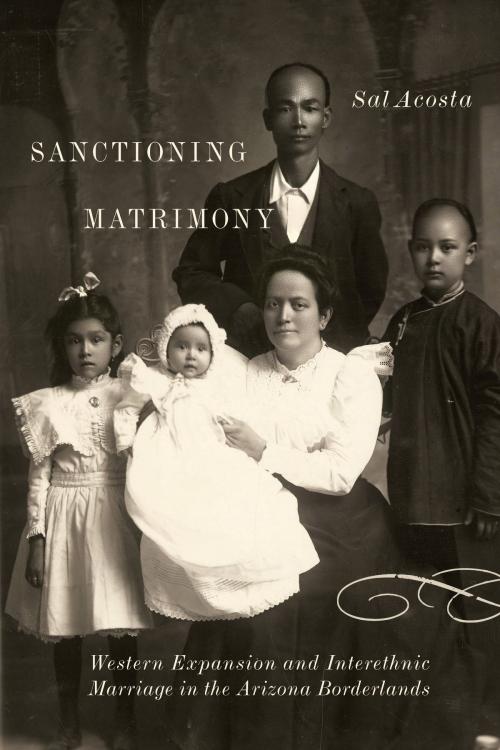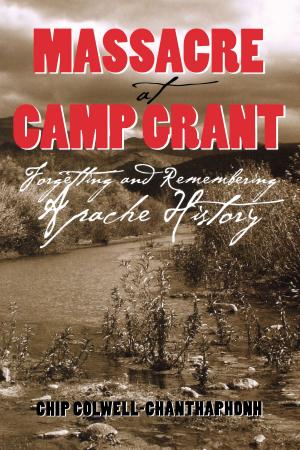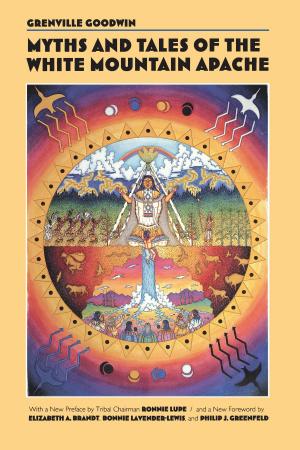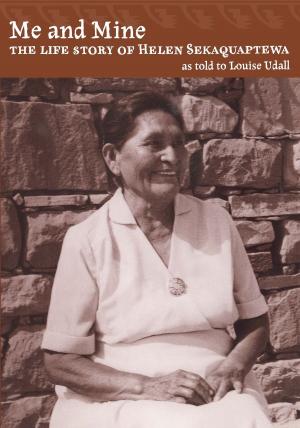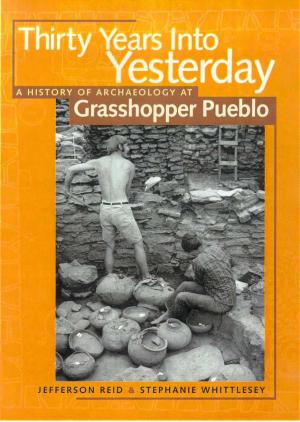Sanctioning Matrimony
Western Expansion and Interethnic Marriage in the Arizona Borderlands
Nonfiction, History, Americas, United States| Author: | Sal Acosta | ISBN: | 9780816533763 |
| Publisher: | University of Arizona Press | Publication: | May 12, 2016 |
| Imprint: | University of Arizona Press | Language: | English |
| Author: | Sal Acosta |
| ISBN: | 9780816533763 |
| Publisher: | University of Arizona Press |
| Publication: | May 12, 2016 |
| Imprint: | University of Arizona Press |
| Language: | English |
Marriage, divorce, birth, baptism, and census records are the essential records of a community. Through them we see who marries, who divorces, and how many children are born. Sal Acosta has studied a broad base of these vital records to produce the largest quantitative study of intermarriage of any group in the West. Sanctioning Matrimony examines intermarriage in the Tucson area between 1860 and 1930. Unlike previous studies on intermarriage, this book examines not only intermarriages of Mexicans with whites but also their unions with blacks and Chinese.
Following the Treaty of Mesilla (1853), interethnic relationships played a significant part in the Southwest. Acosta provides previously unseen archival research on the scope and tenor of interracial marriages in Arizona. Contending that scholarship on intermarriage has focused on the upper classes, Acosta takes us into the world of the working and lower classes and illuminates how church and state shaped the behavior of participants in interracial unions.
Marriage practices in Tucson reveal that Mexican women were pivotal in shaping family and social life between 1854 and 1930. Virtually all intermarriages before 1900 were, according to Acosta, between Mexican women and white men, or between Mexican women and blacks or Chinese until the 1920s, illustrating the importance of these women during the transformation of Tucson from a Mexican pueblo to an American town.
Acosta’s deep analysis of vital records, census data, and miscegenation laws in Arizona demonstrates how interethnic relationships benefited from and extended the racial fluidity of the Arizona borderlands.
Marriage, divorce, birth, baptism, and census records are the essential records of a community. Through them we see who marries, who divorces, and how many children are born. Sal Acosta has studied a broad base of these vital records to produce the largest quantitative study of intermarriage of any group in the West. Sanctioning Matrimony examines intermarriage in the Tucson area between 1860 and 1930. Unlike previous studies on intermarriage, this book examines not only intermarriages of Mexicans with whites but also their unions with blacks and Chinese.
Following the Treaty of Mesilla (1853), interethnic relationships played a significant part in the Southwest. Acosta provides previously unseen archival research on the scope and tenor of interracial marriages in Arizona. Contending that scholarship on intermarriage has focused on the upper classes, Acosta takes us into the world of the working and lower classes and illuminates how church and state shaped the behavior of participants in interracial unions.
Marriage practices in Tucson reveal that Mexican women were pivotal in shaping family and social life between 1854 and 1930. Virtually all intermarriages before 1900 were, according to Acosta, between Mexican women and white men, or between Mexican women and blacks or Chinese until the 1920s, illustrating the importance of these women during the transformation of Tucson from a Mexican pueblo to an American town.
Acosta’s deep analysis of vital records, census data, and miscegenation laws in Arizona demonstrates how interethnic relationships benefited from and extended the racial fluidity of the Arizona borderlands.
